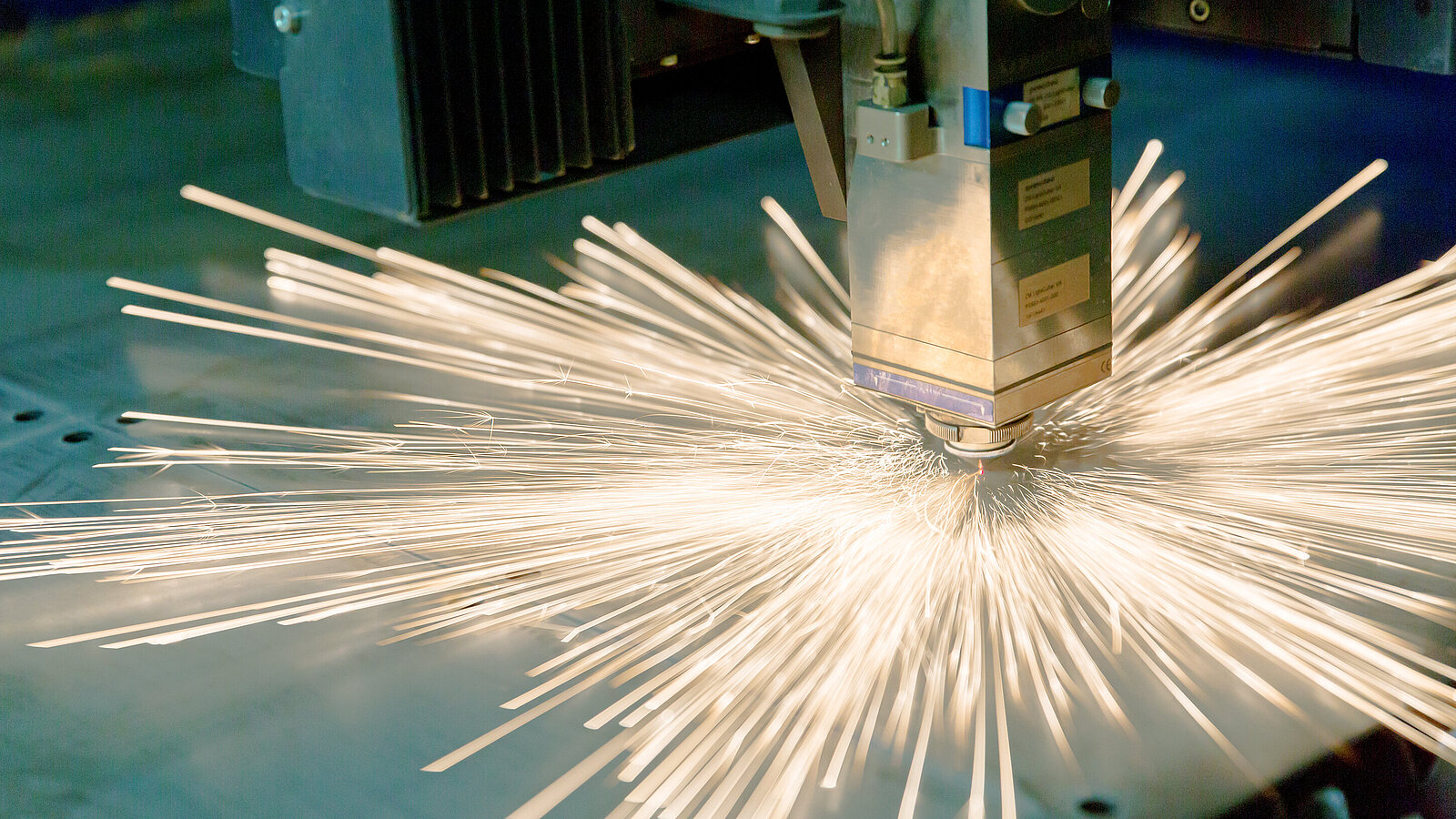
Source: Physik Instrumente
<>
Laser Material Processing: A Comprehensive Overview
Introduction to Laser Material Processing
Laser material processing involves a wide range of techniques that utilize laser light to modify or manipulate materials for various industrial applications. These techniques have a significant impact on industrial fabrication and are used across diverse sectors.
General Attractions of Laser Material Processing
Laser material processing offers several advantages, including the ability to achieve high precision in micromachining, rapid and efficient fabrication for mass production, high-quality processing results, and flexibility in parameter optimization.
Important Laser Material Processing Methods
There are several key methods in laser material processing:
- Laser Ablation: Involves the removal of material using short or ultrashort laser pulses, commonly used in applications like microtexturing surfaces and laser cleaning.
- Laser Drilling: Creating small holes in materials, essential for various industries such as automotive and electronics manufacturing.
- Laser Cutting: Separating parts over a length by melting or vaporizing material, widely used in metal fabrication and precision machining.
- Laser Welding: Joining parts by heating their boundaries, with applications in industrial manufacturing.
- Laser Marking: Creating marks on materials through engraving or surface modifications, used in product labeling and quality monitoring.
Efficiency Considerations in Laser Material Processing
Efficiency in laser material processing is crucial and depends on factors such as absorption of laser radiation, heat conduction, heat radiation, and energy consumption. Understanding and optimizing processing efficiency are essential for cost-effective and high-quality outcomes.
Technical Aspects of a Laser Material Processing System
A typical laser material processing system consists of components like laser sources, beam delivery systems, positioning systems, and safety measures. The choice of laser source, beam delivery method, and positioning accuracy play vital roles in the effectiveness of the processing system.
Conclusion
Laser material processing is a versatile and efficient method for various industrial applications, offering high precision, rapid production, and quality results. Understanding the different methods and technical aspects involved is crucial for optimizing processes and achieving desired outcomes.

Source: BBW Lasertechnik GmbH
Feel free to comment your thoughts.



